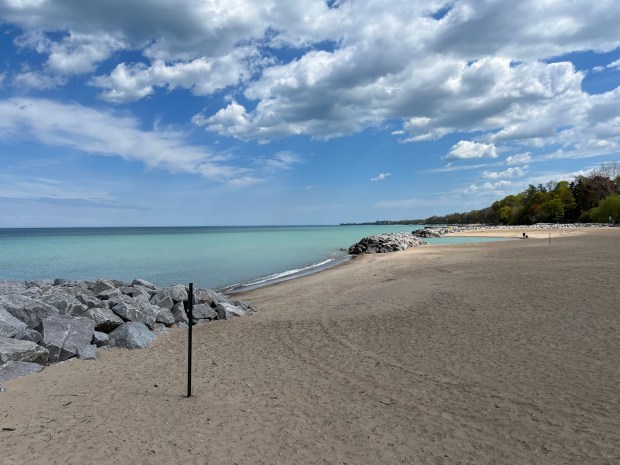I am a new gardener and I’m finding it difficult to decide which plants to buy for my garden this spring. There are so many choices and I want to make sure that I make good selections for my shady garden. Could you provide some advice?
— Jason Butterfield, Wilmette
This is a great question, and more gardeners should think about it before they buy! Choosing the right plants is a very important step toward a successful garden. It’s easy to get overwhelmed when searching online or looking through books, magazines and plant catalogs for plant ideas. There are a lot of interesting plants to choose from and some will grow well while others might die out in your garden if the conditions aren’t right. Choose plants that are well adapted to the conditions in your garden and that will fulfill your design objectives. This means it’s essential to focus on the right plants for your garden’s growing conditions. The plants perform better, have fewer pest problems, and require less maintenance. This discipline will serve you well when you are tempted to buy a plant that grows best in full sun. Planting sun-loving plants in a shady site usually results in plants with spindly growth and few, if any, flowers.
The amount of sun and the exposure in your garden should be a major consideration for your plant choices. This is a good place to start for eliminating plants that won’t work for the space. A more subtle consideration is the amount of shade there is in your garden: Is it light shade like that under a honey locust or deep shade like in a heavily wooded area? The degree of shade in your garden needs to be factored in when choosing plants. A half-day of sun may not be enough information. The west side of your home is hotter than the east side. There are some hostas that perform well on the east side of a house with morning sun and afternoon shade, while the hot afternoon sun on the west side might burn the foliage.
Determine the kind of soil you have. Some north shore gardens have sandy soils that drain well and dry out quickly, while others have more of the typical heavy, clay loam soils of the Chicago area. The type of soil and drainage in your garden should be used to help guide your plant selections. Astilbe is a common garden plant that generally prefers light shade and moist, but well-drained soil. If astilbe is planted in full sun in soils that are sandy and tend to be dry, it will die out, but another perennial — catmint (Nepeta) — will prosper. Read up on the plant’s cultural needs to match it to where it prefers to grow. Many gardeners like to push the limits to grow their favorite plants and decide to install plants in conditions that the plants tolerate versus prefer. Special site preparation and maintenance practices can also allow you to grow plants that are more demanding or not ideally suited to your site’s conditions.
The more you know about your site, soil, and light, the better advice you will get. In addition to the cultural needs of plants, make sure you choose plants that are hardy. The USDA Plant Hardiness Zone Map was updated in 2023. It is a system for rating the cold-hardiness of plants by the United States Department of Agriculture.
Consider size, habit, foliage, and seasonal interest such as flowers and fall color. Evergreens provide good structure for winter and are resistant to deer browsing. Deer generally eat yews and arborvitae and leave boxwood alone. Look for disease- and pest-resistant plants. Powdery mildew is a common disease that affects phlox, but ‘David’ is a phlox cultivar that is resistant. Go to the Garden’s website to read our Plant Evaluation Notes. These reports examine the performance of cultivars of various plant genera such as phlox and recommend the cultivars that grew best in the Garden.
For more plant advice, contact the Plant Information Service at the Chicago Botanic Garden at plantinfo@chicagobotanic.org. Tim Johnson is senior director of horticulture at the Chicago Botanic Garden.





